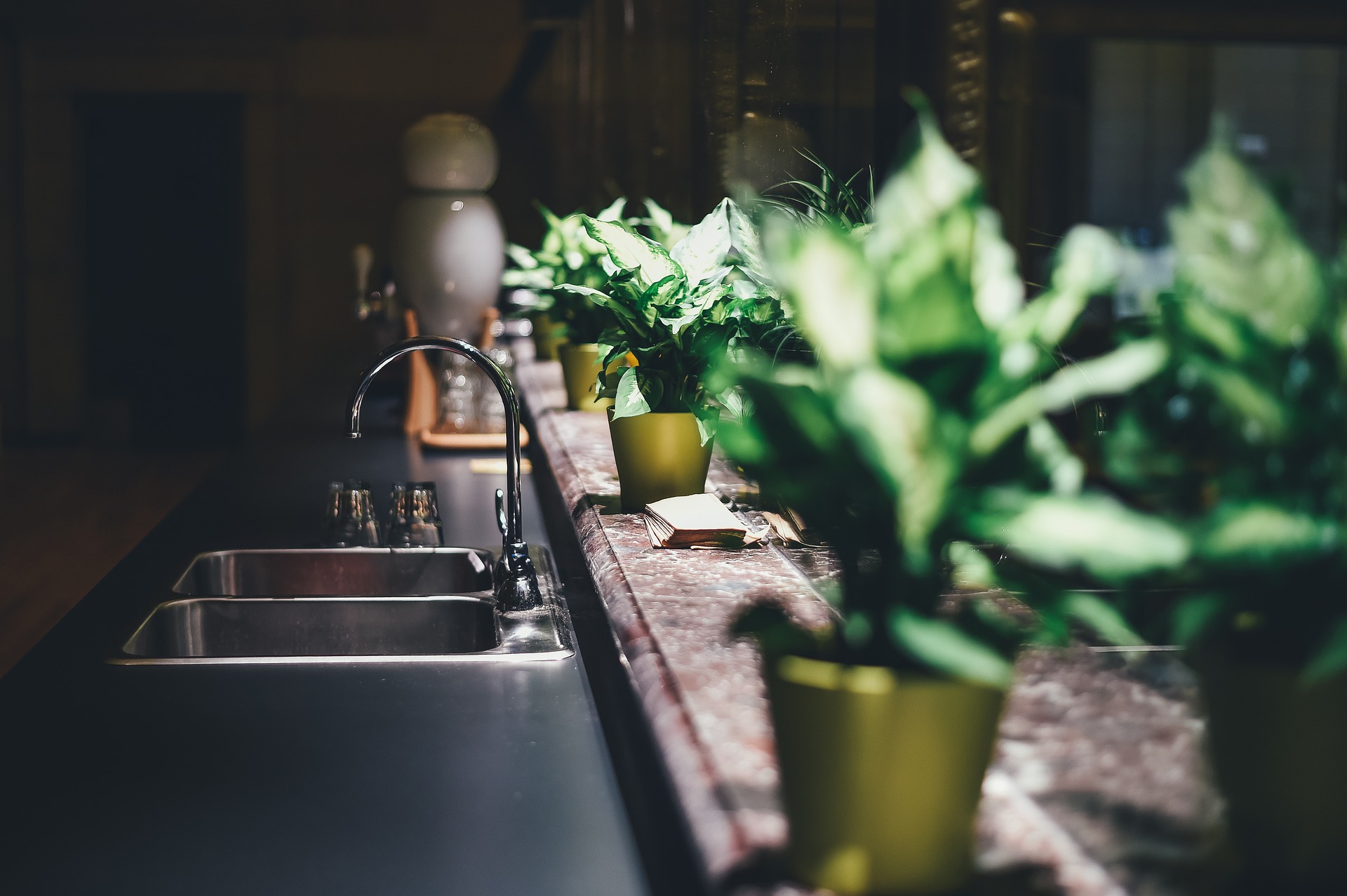How to care for your house plants
There are just a few simply steps to ensure a healthy houseplant.
1. Water
Looks can be decieving, so to see if your soil is dry enough to water, try the finger test. Insert your index finger up to the first joint into the soil. If the soil is damp, don’t water it.
2. Fertilizer
Slow release fertilizers can be mixed with the compost, however, certain plants like cacti and orchids need special fertilizer, feed plants during their most active growth period and check to see what the soil requirements are for each plant.
3. Sunlight
Some plants such as Sanseveria and Aspidistra require no sun, so they can be placed away from a window. Spider plants need semi-shade, you can put plants like these near a window that does or does not get sunlight, check the label to see what your plants needs are.
4. Temperature
Most houseplants do fine in cool or warm temperatures, but extreme fluctuations of temperature may harm them. Keep plant in neutral areas of your home away from direct air conditioning or heating vents. Many houseplants can be placed outside in the summer, just make sure to slowly “harden” them until it is safe to put them out, you can do this by putting them out on a porch during the day and bringing them in at night until the temperatures have steadied out and the threat of frost has passed.
5. Humidity
Some houseplants require a humid environment, Ferns are one such plant, putting them in a bathroom once a week and turning on the shower for humidity usually does the trick. You can also maximize humidity by putting the pot inside a larger pot and filling in the gaps with stones or compost to keep in the moisture. Grouping plants together often creates a microclimate that they will benefit from. If you want, you can spray them with water once or twice a day depending on the temperature.
6. Re-potting
Some plants require re-potting for optimum growth but there are others that resent having their roots disturbed. Or their roots system may be small enough that they don’t require re-potting. One way to check if your plant needs re-potting is to turn it upside down. Tap the pot to release the plant and check its roots. If roots are all you see, then re-pot. Sometimes the roots will come out of the pot. You should either cut them off or re-pot the plant.
With a little care and attention your plants will thrive and in turn, you’ll reap the benefits. Indoor plants not only add to the beauty of your décor, but also give much pleasure to the indoor gardener.

